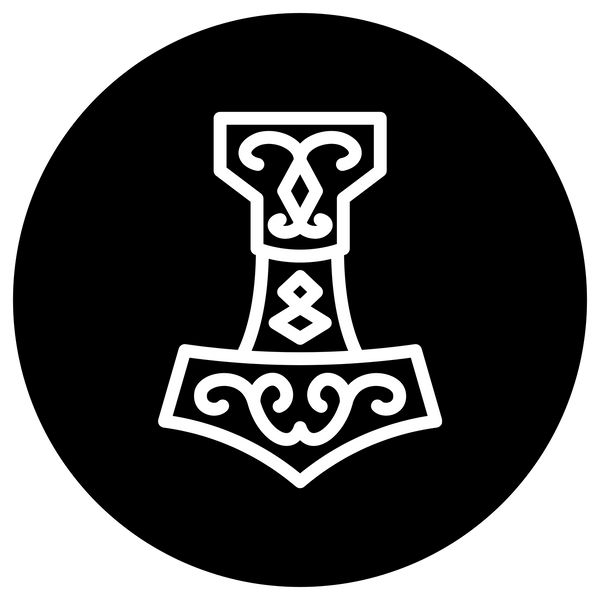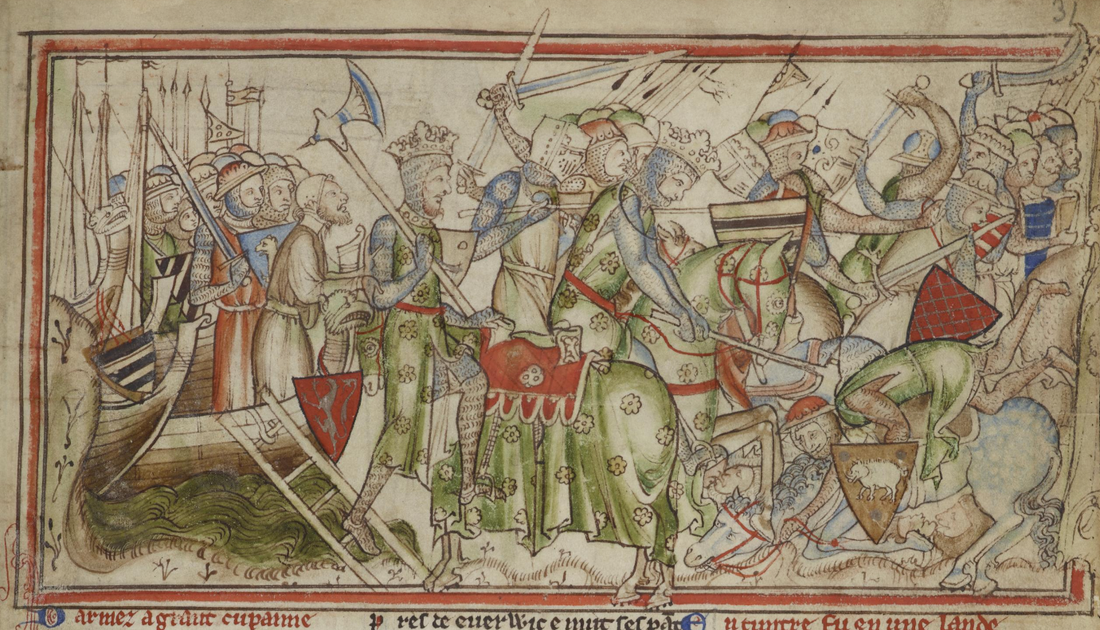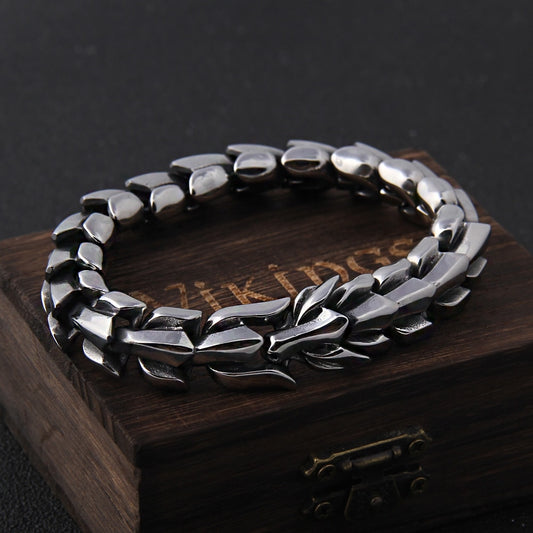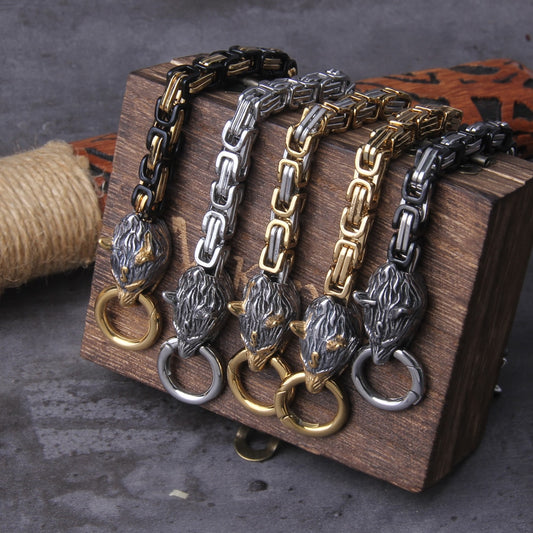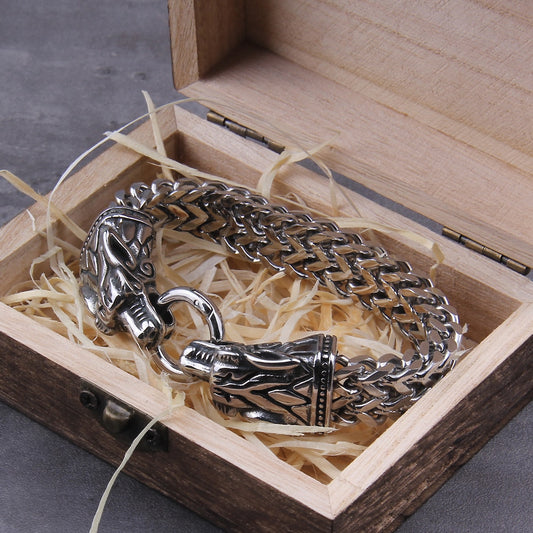Harald Sigurdsson, also known as Harald Hardrada meaning ‘hard ruler’, was a renowned Norse king and warrior who left an indelible mark on history through his invasion of England. His military prowess, political acumen, and daring spirit marked him as one of the most notable figures of the Viking Age. The invasion of England during 1066 was a pivotal event that intersected with the better-known events of the Norman Conquest, altering the course of English history.
Harold Hardrada's Background and Rise to Power
Born in 1015, Harold Hardrada belonged to the Norwegian royal lineage, he was the son of Sigurd Sow and Estrid, and was also the great-grandson of Harold Finehair. His earliest recorded exploit was during the Battle of Stikestad during 1030. He fought in this battle at the young of 15, alongside his half-brother Olaf who fell during battle, and later became known as ‘Saint’ Olaf. Following his brother’s death, Harald sought refuge within Russia and served under the Grand Prince Yaroslav the Wise, and later married the prince’s daughter, Elizabeth. He later ventured over to the Byzantine Varangian Guard, where he gained invaluable military experience and developed a reputation for his exceptional combat skills. Here he served Emperor Michael the fourth, engaging in campaigns all across Sicily and Bulgaria, and even undertook a pilgrimage to Jerusalem.
He returned to his homeland in 1045, and shared the throne of Norway alongside his nephew, Magnus Olafson. However, by 1047, Harald Sigurdsson became the sole ruler after Magnus’s death after a joint military expedition against Denmark. Harald spent the next years locked in a relentless struggle to conquer Denmark from Sweyn the second, culminating in the Battle of Niz in 1062, where he emerged victorious and recognised Sweyn as the sovereign ruler of Denmark.
The Invasion of England
Harald’s ambitions extended beyond Denmark. He expanded Norway’s territorial holdings, gaining control over the Orkney, Shetland, and Hebrides Islands. In 1066, England was in a turmoil of competing claims to the throne upon the death of Edward the Confessor. Both Harold Godwinson and William, Duke of Normandy, laid claim to the English crown. Through this power struggle, Harald saw an opportunity and aimed to assert his own claim to the throne based on an earlier treaty. He formed an alliance with Earl Tostig and sailed across the sea to face off against the newly crowned king. He believed that his martial prowess and Viking heritage could provide him with a legitimate path to power.
Hardrada's invasion, known as the Battle of Stamford Bridge, took place in September 1066. He sailed with a formidable fleet and a seasoned army to claim the English crown for himself. The battle was fierce, as the English forces, led by King Harold Godwinson, valiantly defended their realm. Ultimately, Hardrada's forces were defeated, and he was killed in the battle. This marked the official ‘end’ of the Viking age, and a great turning point in the history of England, as it paved the way for the Norman Conquest just weeks later.
Differing Perspectives in Primary Sources
Two primary sources, the "Anglo-Saxon Chronicle" and the "Heimskringla" saga, provide contrasting accounts of the events surrounding Harold Hardrada's invasion of England.
The "Anglo-Saxon Chronicle," a collection of annals written by English monks, presents a somewhat biased view. It emphasizes the valor of King Harold Godwinson and downplays the significance of Hardrada's invasion, treating it as a mere prelude to the more famous Battle of Hastings. The Chronicle's perspective is rooted in its loyalty to the English crown and its tendency to portray Viking invaders in a negative light.
On the other hand, the "Heimskringla," written by the Icelandic historian Snorri Sturluson, provides a more favourable view of Harold Hardrada. It presents him as a larger-than-life figure, glorifying his exploits and portraying him as a heroic leader striving to reclaim his rightful throne. This saga tends to romanticize Viking actions and plays up the adventurous spirit of these seafaring warriors.
His Legacy
Even after death, Harald’s legacy still lived on through his sons, in particular Magnus and Olaf the third. The firstborn, Magnus, passed away in 1069, but his brother Olaf took up the mantle. Even being at the end of it unsuccessful, Harold Hardrada's invasion of England in 1066 stands as a pivotal but often overshadowed moment in history. His audacious attempt to claim the English crown, the epic Battle of Stamford Bridge, and the contrasting perspectives of primary sources like the "Anglo-Saxon Chronicle" and the "Heimskringla" saga all contribute to the complex tapestry of historical understanding. Hardrada's legacy endures not only as a formidable warrior and king but also as a symbol of the intricate interplay of power, ambition, and destiny that shaped the medieval world.
